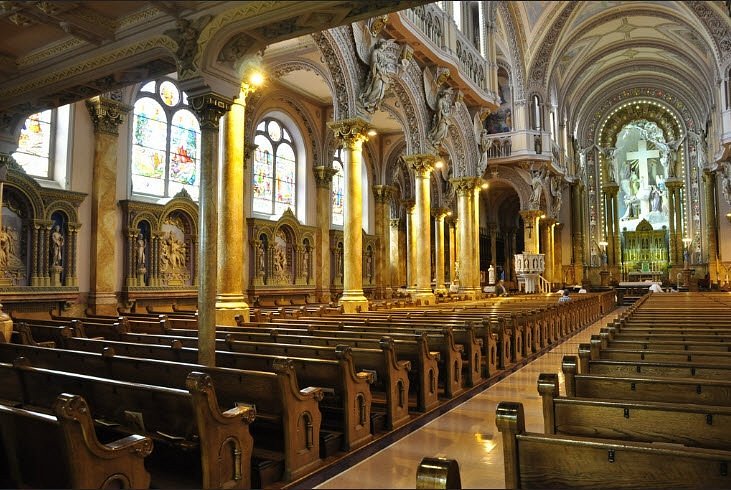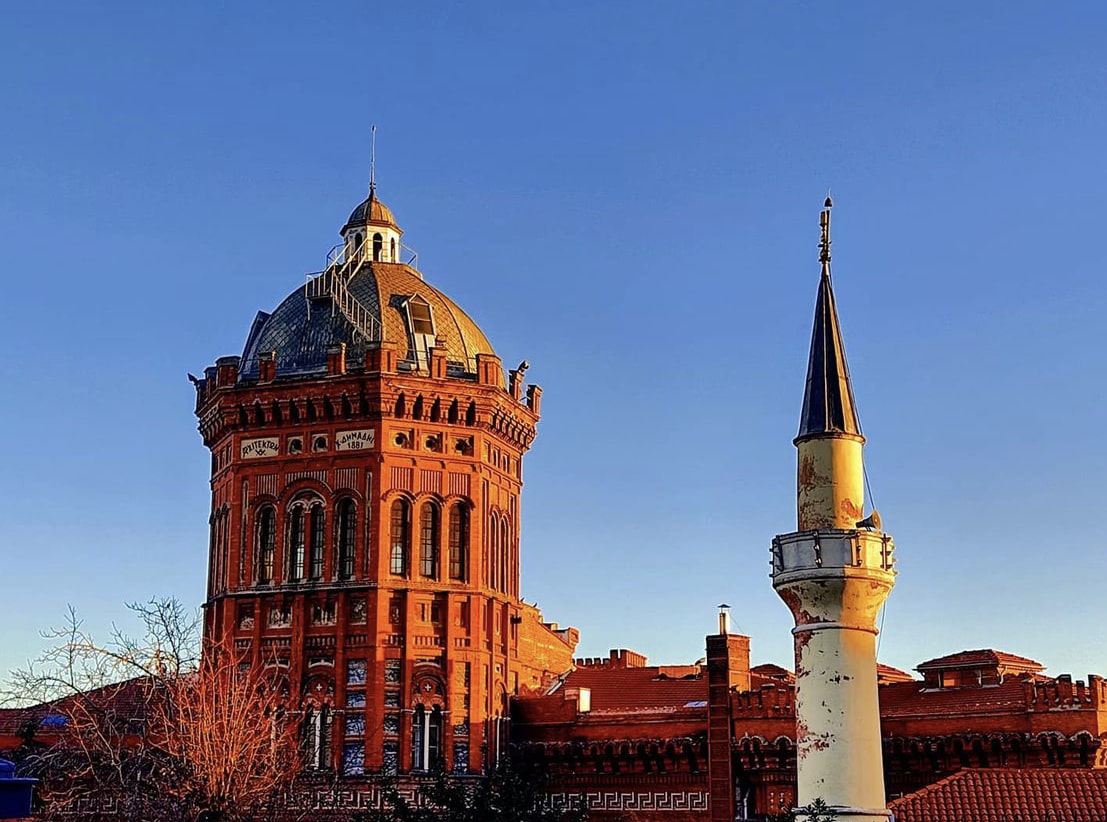In this article, I aim to introduce the must-see churches in Istanbul and provide a brief explanation about each if possible.
Best Churches in Istanbul
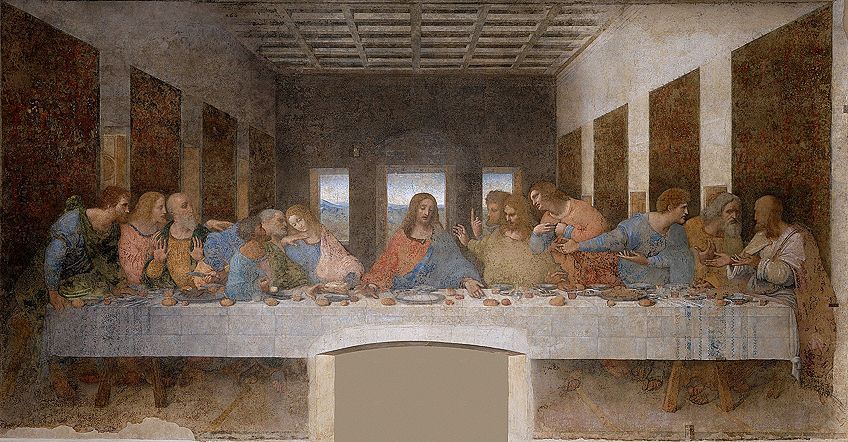
1. Hagia Sophia: Conversion to Islam
The Hagia Sophia (Holy Wisdom in ancient Greek language) is the biggest mosque and a symbol for the City of Istanbul, used to be a Cathedral for the Roman empire, constructed in 537 by the Greek architectures Isidore of Miletus and Anthemius of Tralles. For more than 10 centuries after its construction, it remained the biggest cathedral for Christians as an outstanding point for the Christian churches.
The Byzantine design of the Hagia Sophia was later on emulated by the Ottoman Empire and the style of the Mosques in the whole of Turkey is a confirmation of this claim. After the fall of Constantinople by the Ottoman Empire in 1453, Sultan Mehmed the second entered the Hagia Sophia and declared that this cathedral is converted into a mosque. He threw the first Friday prayer here and rebuilt many demolished parts of the church, and it become the imperial mosque of the Ottoman Empire from that time on.
Location: Sultan Ahmet, Ayasofya Meydanı No:1, 34122 Fatih/İstanbul
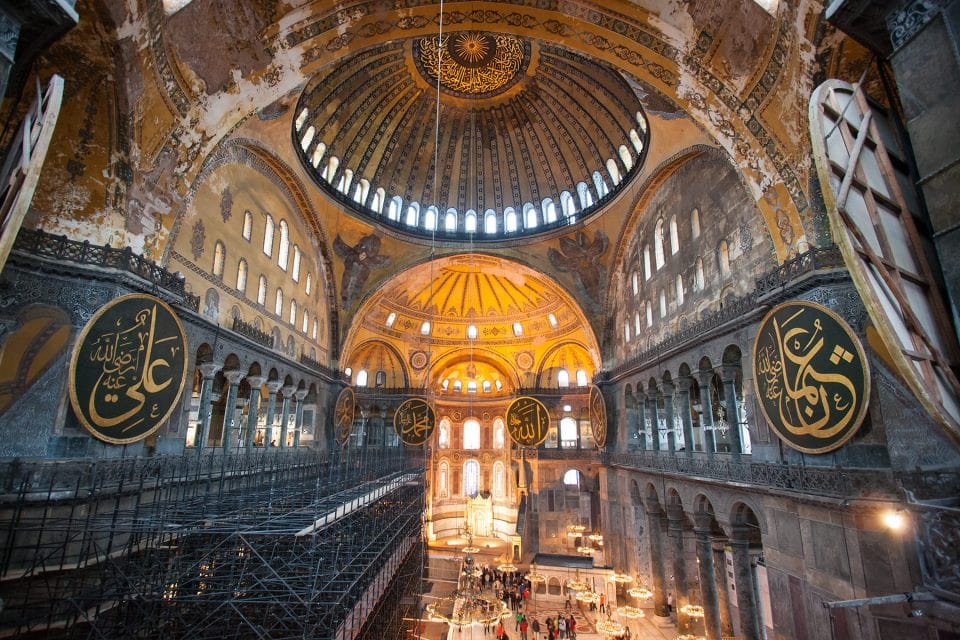
2. Hagia Eirene: Christianity in Hall
Known as the first church built in Constantinople (former name of Istanbul) and one of the few churches in the region that has not been converted to a mosque since the start of conquering the Ottoman Empire.
Bult in the third century AD, 100 years before the Hagia Sophia, the Hagia Eirene was a headquarter for the Eastern Orthodox. The name (Hagia Eirene) means Holy Peace in the Ancient Greek language, and this church, along with Hagia Sophia, and Hagia Dynamis are three shrines dedicated to the peace of God.
As it used to be a weapon arsenal, until the 19th century, and during the reign of Sultan Ahmet the Third, it turned into a military museum, The Hagia Eirene survived from Nika revolt, the deadliest violence that Constantinople has experienced ever, and the earthquake. The Justinian was the first, and Constantine V reconstructed it and from time to time, it faced changes to its structure and interior design.
The Hagia Eirene is currently used as a concert hall, because of its brilliant acoustic quality, and as a museum for demonstration of the Ottoman Empire, a collection of over 800 artifacts and pieces belonging to that time.
Location: Cankurtaran, Topkapı Sarayı No:1, 34122 Fatih/İstanbul
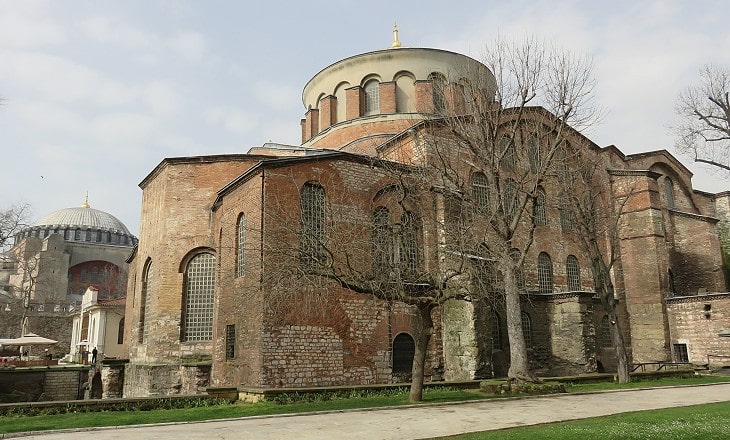
3. Hagia Triada: The Third Sister
Constructed in 1880, the Hagia Triada is known as the biggest Greek Orthodox church in Istanbul which is still being used by the worshippers in the area. The land beneath it was formerly used as a Greek orthodox cemetery and a hospital, but later on, it was demolished for the church construction.
The name Hagia Triada (meaning Holy trinity in ancient Greek language), the church’s architecture was a Greek Ottoman, the Kampanaki, with the inspiration from neo-baroque on the exterior design, and neo-Gothic, for the dome. Although the construction of the dome was not finished after the political reforms, in the 19th century, which loosened the religious and ethnic activities of the minority in Istanbul.
In 1955, during the Istanbul pogrom, the church was set to fire and burnt down but did not collapse. Years later, with a fund approximately of 90,000 USD, donated from different organizations such as the Patriarchate of Constantinople, the restoration began, and in the year 2003, with the inauguration speech of Patriarch Bartholomew, the Bishop, it officially opened to the public.
Currently, the Hagia Triada is available on the daily basis for everyone.
Location: Katip Çelebi Mah., 34433 Beyoğlu/İstanbul
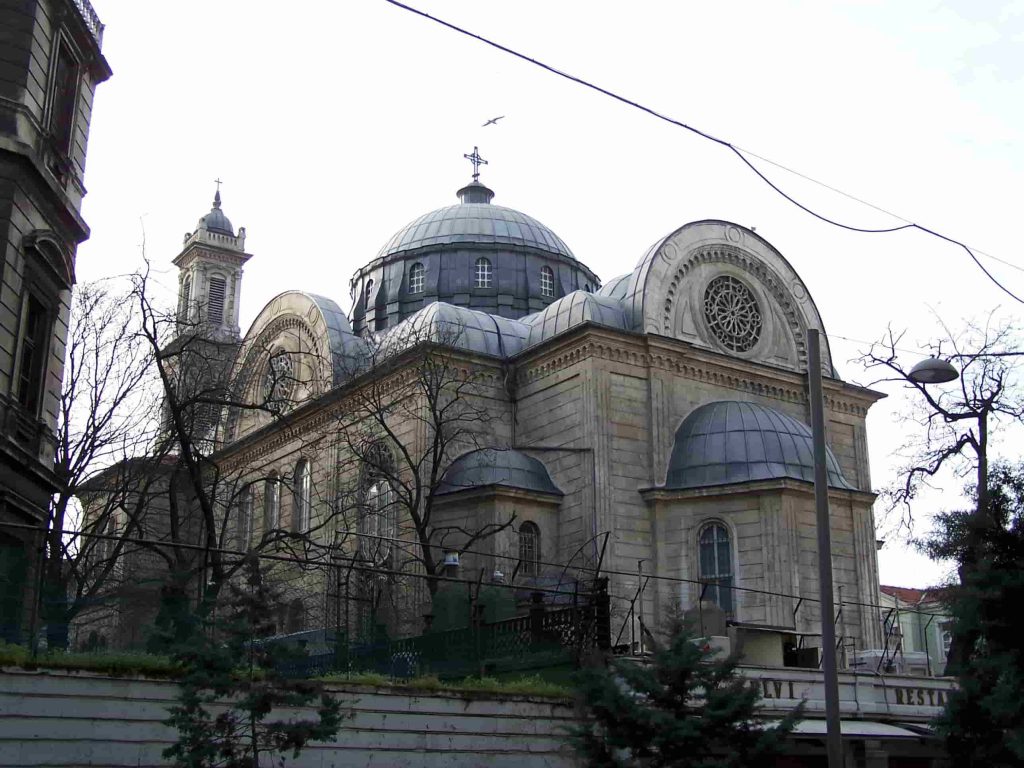
4. The Fener Greek Patriarchate & St. George Church: Myrrh
The patriarchal cathedral of St. George is a Greek Orthodox church located in Istanbul, and it is the base for the Ecumenical Patriarchate of Constantinople, the spiritual leader of the Orthodox worshippers.
The church is the center of the consecration of chrism on holy Thursday when Christ washed the feet of apostles, and they had the last supper. The myrrh from this church was gathered and sent to other Greek orthodox churches for consecration. By the way, currently, each Greek Orthodox church has its own myrrh.
The size of this church is relatively smaller compared to other churches in the region, as the dominant Islamic rules, force the other minorities to practice their religious activities in a more humble matter than the Islamic ones.
This church has been under plenty of terrorist attacks, by Islamic extremists. It faced fire, destruction, and sabotage from its establishment. This is the main reason that there is a strict entrance check-in in place in order to save the church and its properties from possible attacks.
St. George was a Greek-Roman soldier who served honorably in the Roman empire and was later on sentenced to death for not retracting his Christianity faith. He is a highly graded martyr in many Christian counties from England to Russia.
This church was constructed of basilica stone and had many artifacts that survived all the attacks that it faced itself. The remained bones of Basil the Great, Gregory the Theologian, and John Chrysostom are kept here, along with their relic boxes belonging to Gregory the Theologian and John Chrysostom. Their bones were looted during the fourth crusade; hence they returned back to the church by the efforts of Pop John Paul the second.
Location: Yavuz Sultan Selim, Dr. Sadık Ahmet Cd. No:19, 34083 Fatih/İstanbul
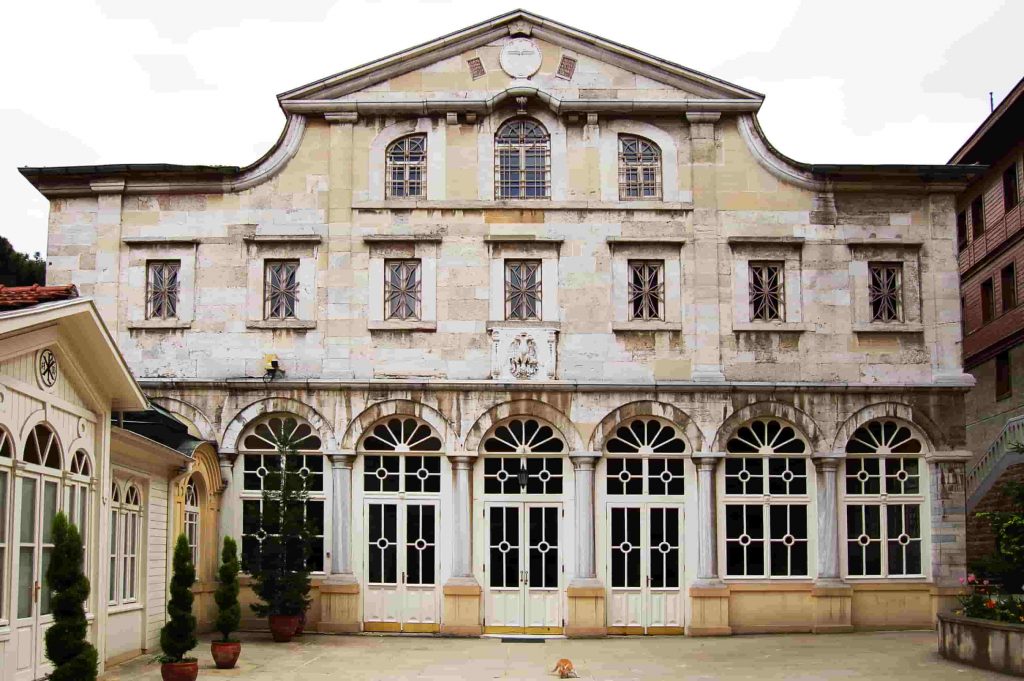
5. Church of Panagia Isodion: Forged Title Deed
The church was built in 1804, with the donation of Hacopoulos, and the Muzuris, the construction began under the strict rule of building non–Muslim sites. In those years, there was prohibited to build a new church in the area, and only renovation or reconstruction was allowed. In this way, both contributors forged the plot of the church on the old city municipal map and showed it in the court, getting permission to continue constructing it.
In the year 1831, with the order of Sultan Ahmet the Second, the church faced an expansion in two angles, and two towers in a square shape were added to it. The church is located in an alley with the main material that is used to build the alley is the basilica, making it a strange ambiance when you enter.
Location: Asmalı Mescit, 34430 Beyoğlu/İstanbul
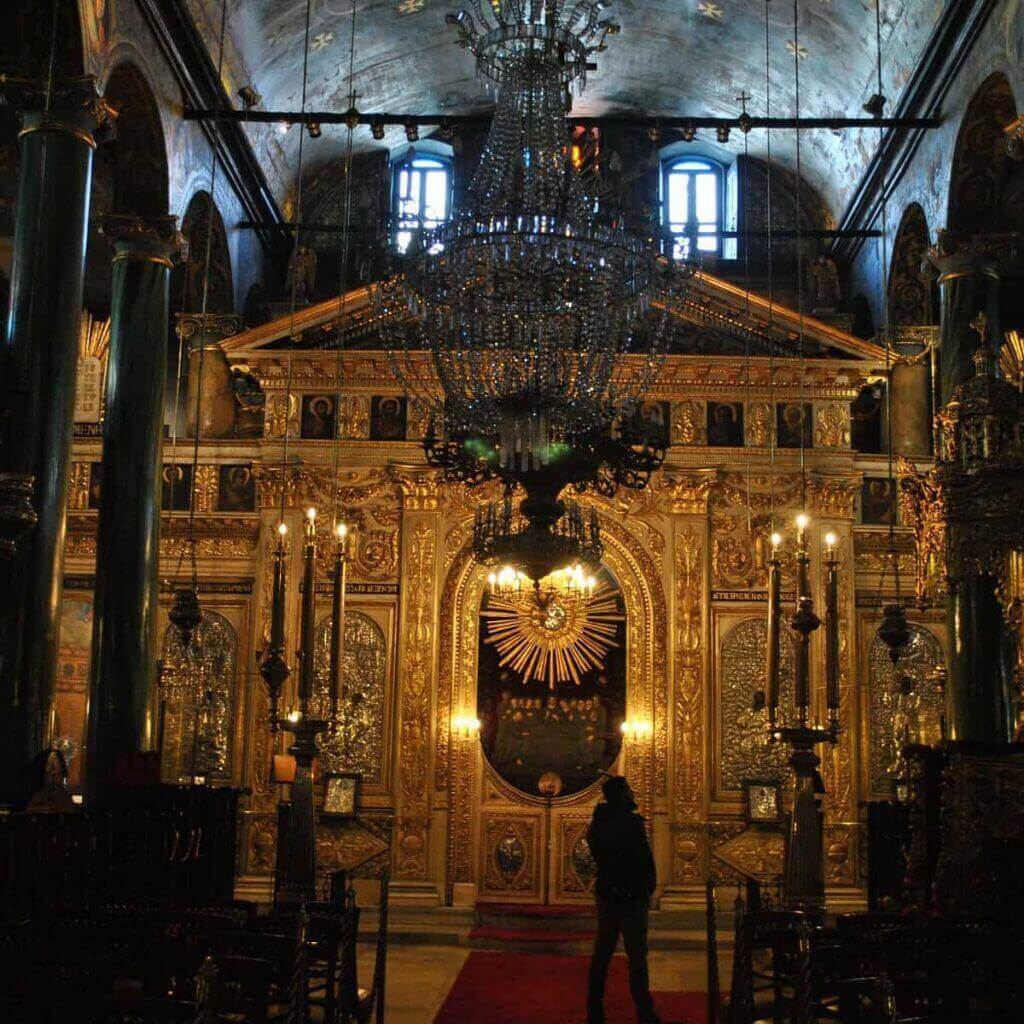
6. Surp Yerrortutyun Armenian Church: from Wood to Basilica
According to the sealed document that survived from the Ottoman Empire, the land of the church is bought in 1515, and later on, in the 16th century, the construction of the church finished. The first constructed church was made of wood that was imported from Greece by the Armenian community living in Istanbul, and later on, after facing four major incidents such as fire, it was reconstructed with basilica stone.
The architecture inherited the style from the ancient Romans and Greek structures and left no balcony in the church. The name Surp Yerrortutyun is an Armenian name meaning Holy trinity. The tomb in the courtyard belongs to the Patriarch Hagopos IV of Jolfa. In 1908, in honor of the Muslims who died in the incident of 31st March, a cemetery named Liberty was built next to the church.
Location: Hüseyinağa, Sahne Sk. 24/1, 34435 Beyoğlu/İstanbul
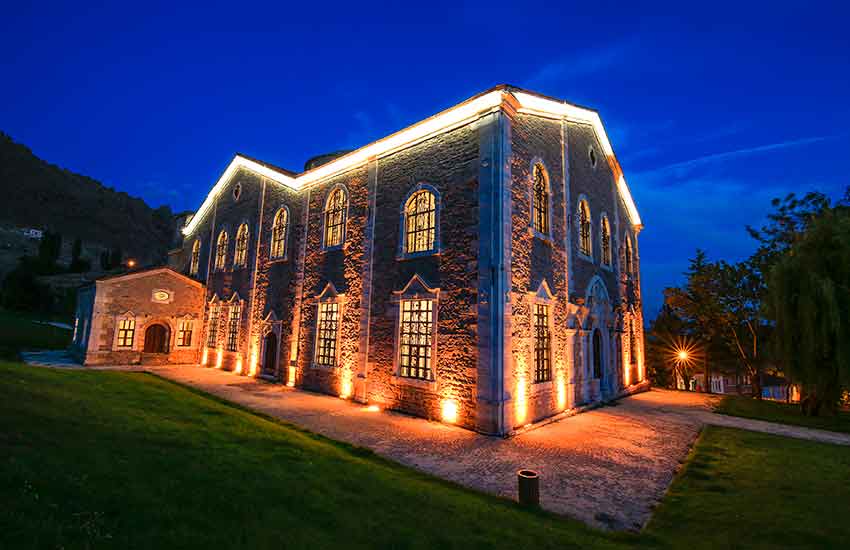
7. Surp Vortvots Vorodman Church: The Apostle
As an accepted part of Christianity history, the Apostles St. Taddeos and St. Bartolomeos, in the year of 55 AD, were sent by Jesus Christ to Anatolia to send the message of Jesus to this region. Their efforts in 301 AD, led to the first Armenian church. Currently, the office of Armenian patriarchates is located in four different locations around the world, and one of them is here in this church.
The Surp Vortvots Vorodman Church, meaning the Church of holy thunder, was built in the 17th century with the efforts of Armenian patriarchs and it was reconstructed several times afterward. The earthquake and fire one of them known as the great fire that killed 15000 citizens of Constantinople that year, ruined the church but encouraged the trustees and patriarchies to rebuild it again.
The church constitutes two separate but linked to each other, as the Holy Cross stands in the north, and the holy thunder stands in the south.
The church authority held the infant schools, poor houses, and other facilities to serve the people here. The final construction of the building finished in the year 2010 and officially opened to the public at the year 2011.
Location: Muhsine Hatun, No:, Sevgi Sk. No:7, 34130 Fatih/İstanbul
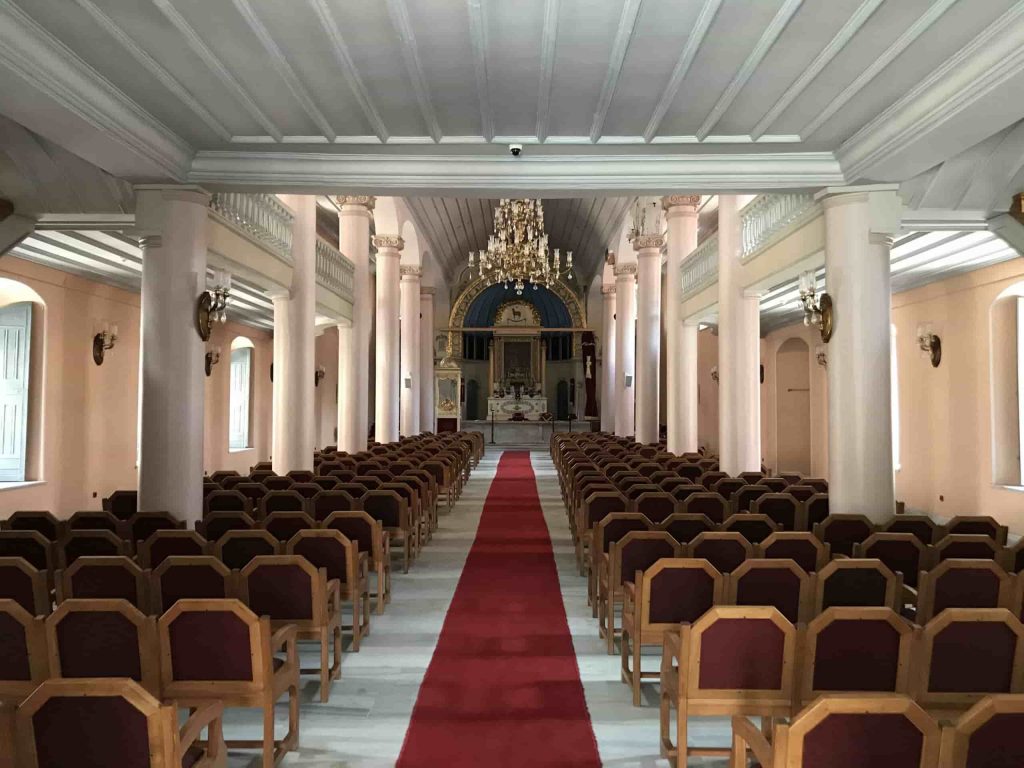
8. Church of SS Peter and Paul: Two Saints
One of the most important Catholic churches located in Istanbul is the Church of SS Peter and Paul, mostly because of the painting of the Virgin of the Hodegetria (depicting of Virgin Mary holding the baby Jesus and pointing at him as the source of salvation).
The very first church here was actually a place for nuns to reside, with only a small chapel, dedicated to Saint Peter and Paul. However, in the year 1535, Zaccaria donated the Dominican house for the purpose of building the church, in exchange for praying for his parents with weekly lighting candles. The painting of the Virgin of the Hodegetria. This used to be hung on the wall of S. Maria di Costantinopoli, a church nearby the Istanbul wall in Fatih, which was converted to a mosque, was brought here to this church.
The Church of SS Peter and Paul, from the beginning of the 18th to the 19th century, was the place for European immigrants who settled in the city and inscribed all the official documents for them to be forged and sealed in this church, from weddings to birth certificates.
The church is being built in the 19th century by two architectural brothers, Gaspare and Giuseppe Fossati, with the basilica stone. The church owns many relics from the Saints such as Saint Peter and Paul there.
Location: Bereketzade, 34420 Beyoğlu/İstanbul
9. Bulgarian St. Stephen Church: The Iron Maiden
Here is a Bolgarian Orthodox church belonging to the Bulgarian minority of Istanbul, who were looking to separate themselves from the Greek Orthodox community here. The location of the church and the wooden structure of it initially chosen and built in the area in the 18th century, as they were part of the Roman nation (a community containing the Non-Muslims in the Roman empire such as Greek and Bulgarian people in Istanbul) that given them the autonomy to have their own church.
The wooden structure of the church did not remain that long, and after the fire incident, the Bulgarian Orthodox community decided to make this church from cast Iron. The whole cast Iron parts were finished in Austria, carried with a ship to the Black Sea, and erected via bolt and welding. The iron church has domes in the form of a cross, in a Neo-Byzantine style with an altar facing the Golden Horn.
Location: Balat, Mürselpaşa Cd., 34087 Fatih/İstanbul
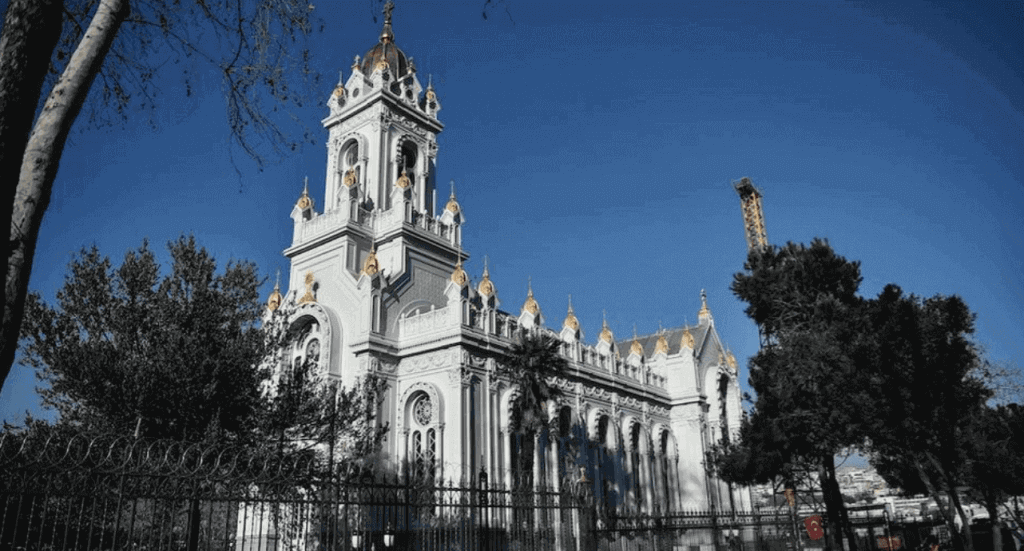
10. Church of St Polyeuktos: A Threat for Solomon Temple
It is said that the church, which is right now just a remained decay of it is available for observation, has been the largest church before the Hagia Sophia, and the first church in the region that had dome roofing in it. Constructed by a noble princess, Anicia Juliana and is dedicated to a roman saint martyr, Saint Polyeuctus.
The structure of the church is said to be a resemblance to the Solomon Temple, as once it finished, the Anicia Juliana cried out: “Solomon! Now, I surpassed thee”. Based on this claim, the plot of the church is very near to the Solomon temple, a four-sided building with two aisles and a narthex and preceded by a large atrium.
The location of the remained church is available for visiting.
Location: İskender Paşa, Kavalalı Sk., 34080 Fatih/İstanbul
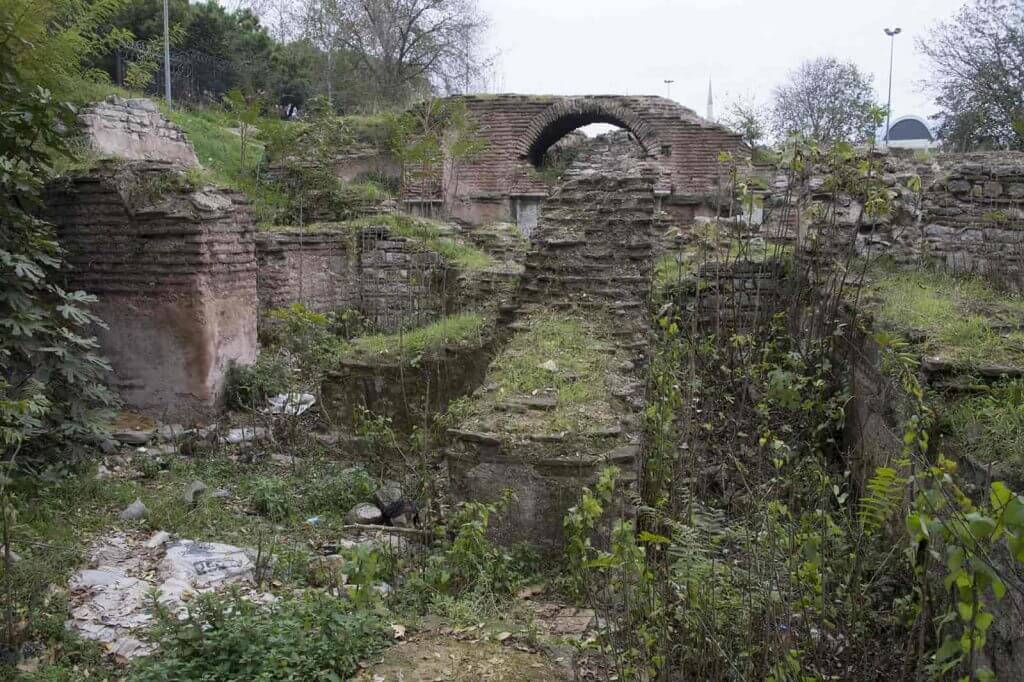
11. Church of Our Lady of the Mongols: The Blood of Honor
The church of Our Lady of the Mongols, or the Bloody church, is a fully pained red church in Istanbul, belongs to the Greek Orthodox Christians, and is one of the few byzantine churches in Istanbul that never converted to mosques.
In the 7th century AD, Princess Sopatra (daughter of the Byzantine Emperor Maurikios) intended to build a nunnery in one of the seven hills of Constantinople(former name of Istanbul) near Fatih District. The nunnery, later on, went under the pressure from the patriarchies to take over the building, which despite the attempts of nuns, and the documents proving that the nunnery is donated from Sopatra to them, the patriarchies succeeded and owned the building.
In 1453, during the last days of Constantinople, when the Ottoman empire entered the city, the Orthodox soldiers and trustees had their last breaths and blood defending the church and their community around this nunnery. The reason that the current church is in red, is a tribute to their sacrifice in defending the church.
The structure of the church is built influenced by the Greek orthodox style, with four apses, one for each side, with the main dome having a tower standing middle of it. The narthex is roofed by four half domes, and four bays, one in each direction. The southern wall has a depiction of the Last Judgment, one of the essential Abrahamic predictions about doom’s day.
This church, despite being in the hand of the Greek Orthodox, is not open to the public. It is said that the beneath the church has a tunnel that reaches the Hagia Sophia.
Location: Balat, Tevkii Cafer Mektebi Sk. No:1, 34087 Fatih/İstanbul
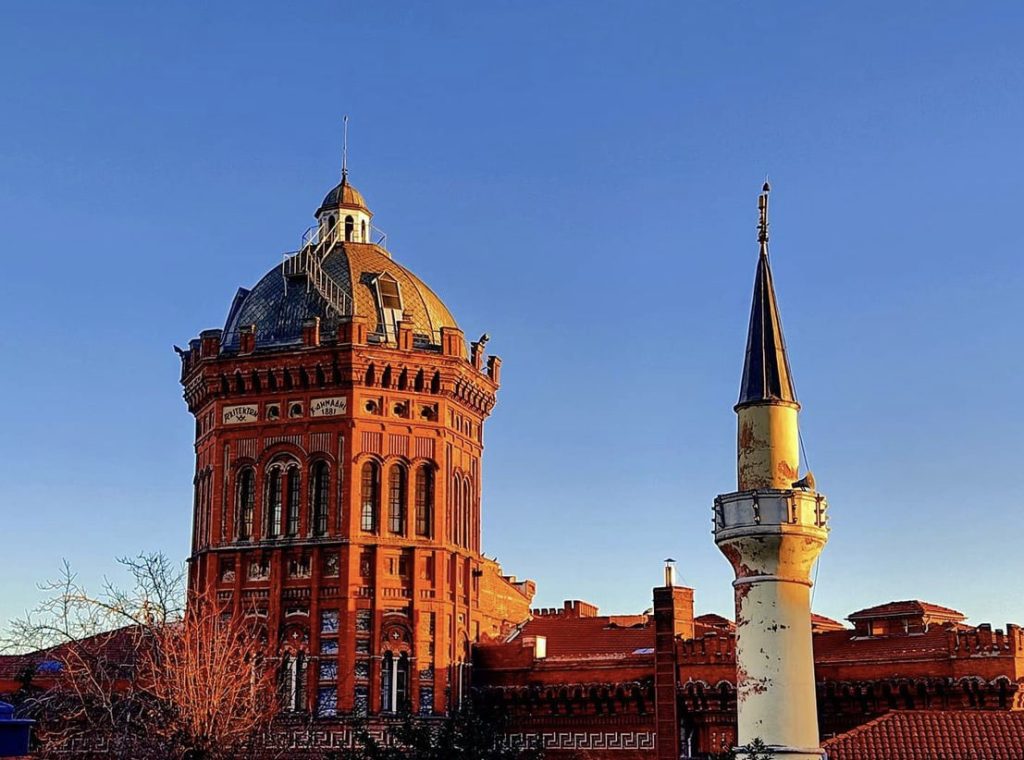
12. Church of St. Anthony of Padua: The Love of POP
As the largest Roman Catholic church in Istanbul, this church is constructed with basilica stone and influenced by the neo-Gothic style. It was made by the Italian community in Istanbul and it got most of its popularity due to the preaching of Pope John XXIII for 10 years here. The former Pop of the Vatican always charmed the city of Istanbul and was fluent in the Turkish language.
The construction of the building is done by the architect Giulio Monger, who also designed and built other historical buildings in Istanbul such as Macka Palas in Nişantaşı and the Neo-Byzantine Karaköy Palas bank building in Karakoy.
The Church of St. Anthony of Padua, along with St. Mary Draperies, and SS. Peter and Paul, all located in the same area, is the Levantine perishes in Istanbul, which is run by Italian priests. Currently, it has Mass during the weekdays, mainly on Sundays in four languages of Italian, Turkish, English, and Polish.
Location: Tomtom, İstiklal Cd. No:171, 34433 Beyoğlu/İstanbul
